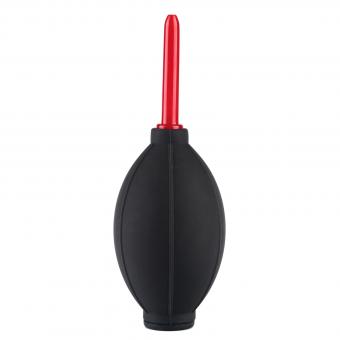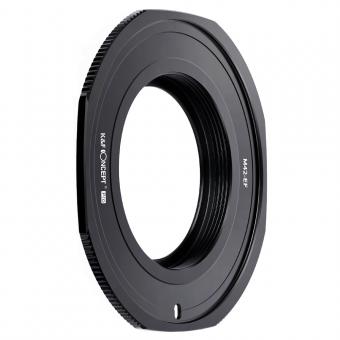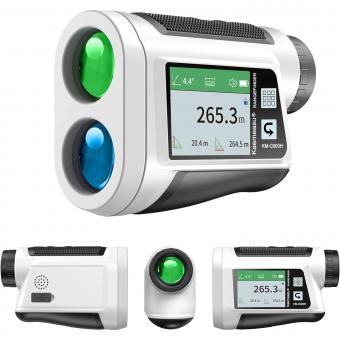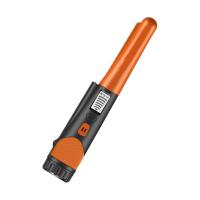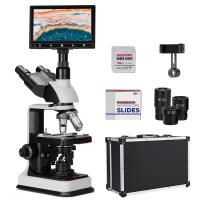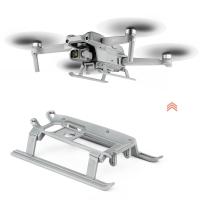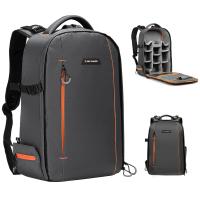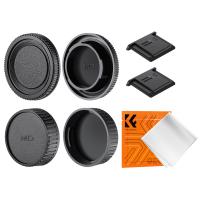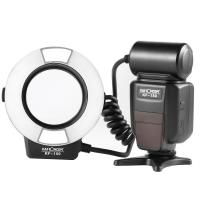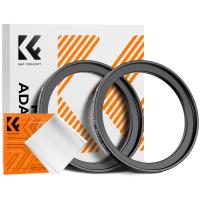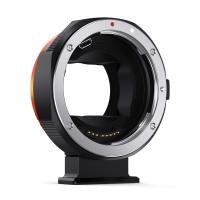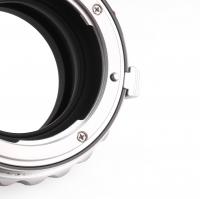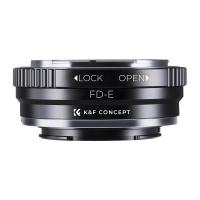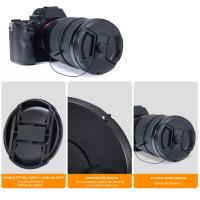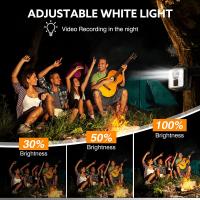What Digital Slr Camera Should I Buy ?
The answer to this question depends on your budget, photography needs, and personal preferences. Some popular options for digital SLR cameras include the Canon EOS Rebel series, Nikon D series, and Sony Alpha series. It's important to consider factors such as image quality, autofocus speed, low light performance, and lens compatibility when making your decision. Additionally, you may want to research and compare different models within your budget range to find the best fit for your needs.
1、 Sensor size and resolution
Sensor size and resolution are two of the most important factors to consider when buying a digital SLR camera. The sensor size determines the amount of light that the camera can capture, which in turn affects the image quality. A larger sensor size generally means better image quality, especially in low light conditions. Full-frame sensors are the largest and most expensive, while APS-C sensors are smaller and more affordable.
Resolution refers to the number of pixels in the image, which affects the level of detail and sharpness. Higher resolution cameras produce larger files, which can be useful for printing large images or cropping photos without losing quality. However, higher resolution does not always mean better image quality, as other factors such as sensor size and lens quality also play a role.
When choosing a digital SLR camera, it's important to consider your needs and budget. If you're a professional photographer or serious enthusiast, a full-frame camera with high resolution may be worth the investment. However, if you're just starting out or on a budget, an APS-C camera with lower resolution may be a better choice.
It's also worth noting that technology is constantly evolving, and the latest point of view may change over time. As of 2021, some of the top digital SLR cameras on the market include the Canon EOS R5, Nikon D850, and Sony A7R IV, all of which have full-frame sensors and high resolution. However, there are also many excellent APS-C cameras available, such as the Fujifilm X-T4 and Sony A6600, which offer a balance of affordability and performance. Ultimately, the best digital SLR camera for you will depend on your individual needs and preferences.
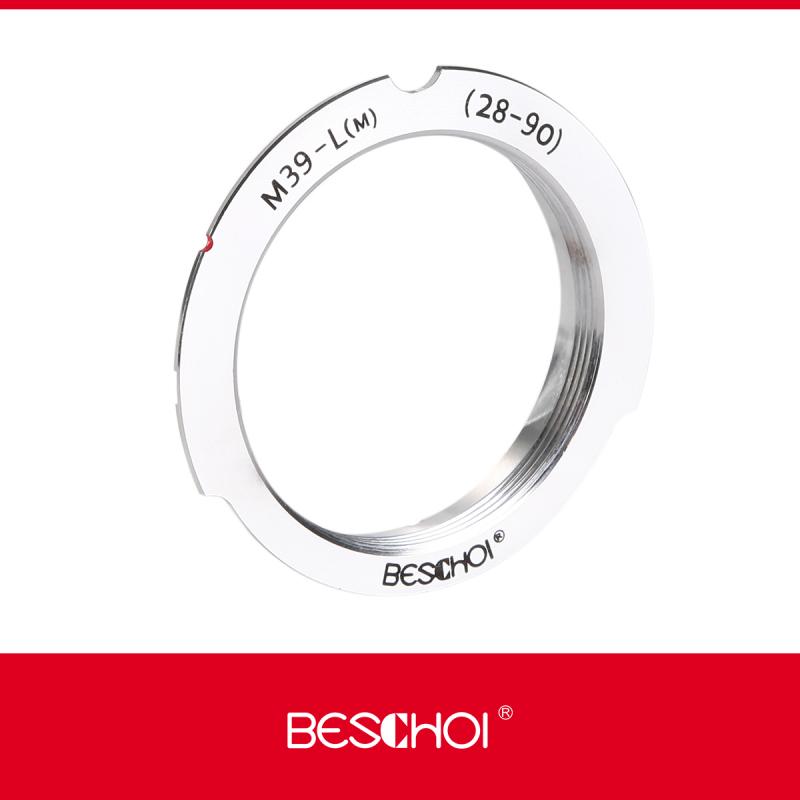
2、 Lens compatibility and availability
Lens compatibility and availability is a crucial factor to consider when deciding which digital SLR camera to buy. The lens is the most important part of a camera system, and it is essential to choose a camera that is compatible with a wide range of lenses. This will allow you to expand your photography skills and experiment with different types of lenses, such as wide-angle, telephoto, and macro lenses.
When it comes to lens availability, it is important to choose a camera system that has a wide range of lenses available. This will ensure that you can find the right lens for your needs, whether you are shooting landscapes, portraits, or sports. Canon and Nikon are two of the most popular camera systems, and they both have a wide range of lenses available.
In recent years, mirrorless cameras have become increasingly popular, and they offer some advantages over traditional DSLRs. Mirrorless cameras are generally smaller and lighter than DSLRs, and they offer faster autofocus and better video capabilities. However, lens compatibility can be an issue with mirrorless cameras, as they often require adapters to use lenses from other systems.
Ultimately, the best digital SLR camera for you will depend on your specific needs and preferences. It is important to do your research and consider factors such as lens compatibility, availability, and image quality before making a purchase.
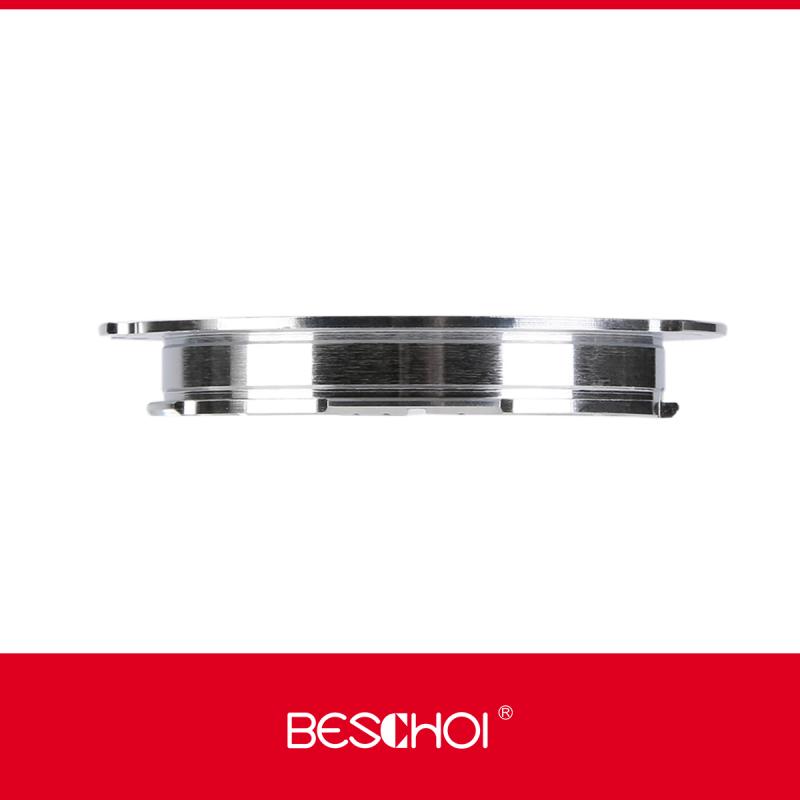
3、 Autofocus system and speed
Autofocus system and speed are two crucial factors to consider when buying a digital SLR camera. The autofocus system determines how quickly and accurately the camera can focus on a subject, while the speed determines how fast the camera can capture images.
When it comes to autofocus systems, there are two main types: phase detection and contrast detection. Phase detection is faster and more accurate, making it ideal for capturing fast-moving subjects. Contrast detection, on the other hand, is slower but more precise, making it better for still subjects.
In terms of speed, the camera's frame rate is an important consideration. The higher the frame rate, the more images the camera can capture per second. This is particularly important for sports and action photography, where you need to capture fast-moving subjects.
When it comes to the latest point of view, many photographers are now looking for cameras with advanced autofocus systems that use artificial intelligence and machine learning to track and focus on subjects. These systems can recognize and track faces, eyes, and even animals, making it easier to capture sharp, well-focused images.
Overall, when choosing a digital SLR camera, it's important to consider both the autofocus system and speed to ensure you get a camera that can capture the images you want. Additionally, it's worth considering the latest advancements in autofocus technology to ensure you get a camera that can keep up with your needs.
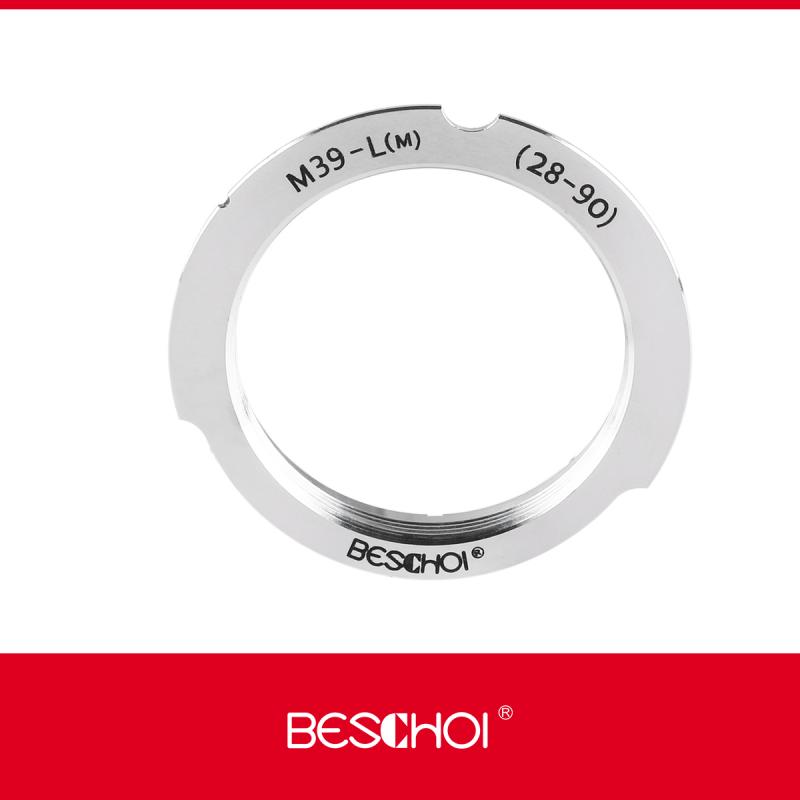
4、 Image stabilization technology
"What digital SLR camera should I buy?"
Choosing the right digital SLR camera can be a daunting task, especially with the plethora of options available in the market. However, one of the most important features to consider when buying a digital SLR camera is image stabilization technology.
Image stabilization technology is a feature that helps to reduce camera shake and blur in photos and videos. This technology is particularly useful when shooting in low light conditions or when using a telephoto lens. There are two types of image stabilization technology: in-body and in-lens.
In-body image stabilization technology is built into the camera body and works with any lens attached to the camera. This technology is particularly useful for photographers who use a variety of lenses. On the other hand, in-lens image stabilization technology is built into the lens and works only with that particular lens. This technology is particularly useful for photographers who use a specific lens for a particular type of photography.
The latest point of view on image stabilization technology is that it has become an essential feature in digital SLR cameras. With advancements in technology, image stabilization has become more effective and efficient, allowing photographers to capture sharper and clearer images. However, it is important to note that image stabilization technology can add to the cost of the camera or lens.
In conclusion, when choosing a digital SLR camera, it is important to consider image stabilization technology. Whether you opt for in-body or in-lens image stabilization, this feature can make a significant difference in the quality of your photos and videos.


